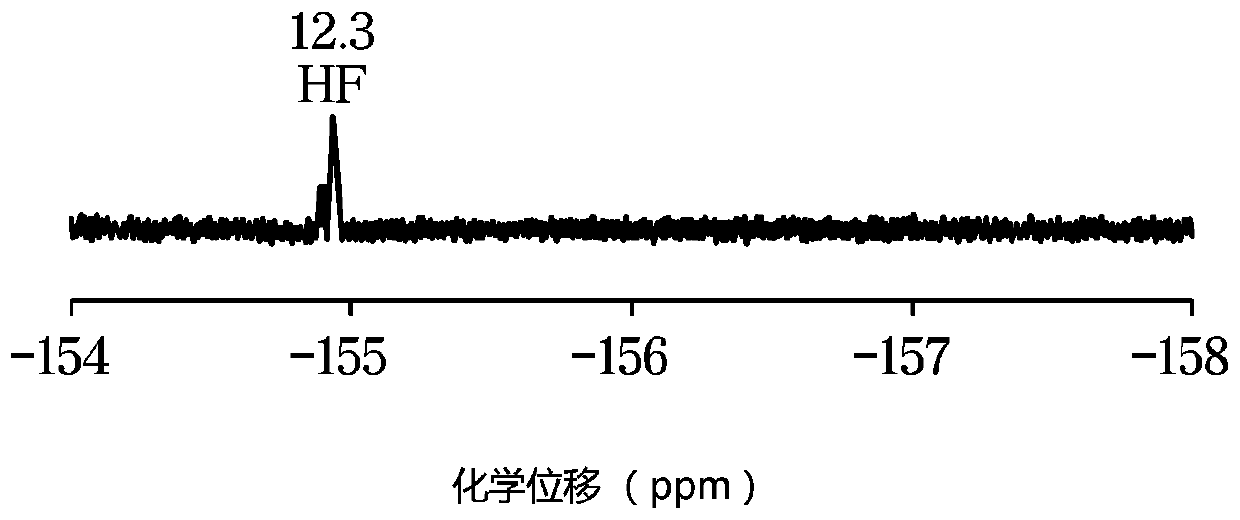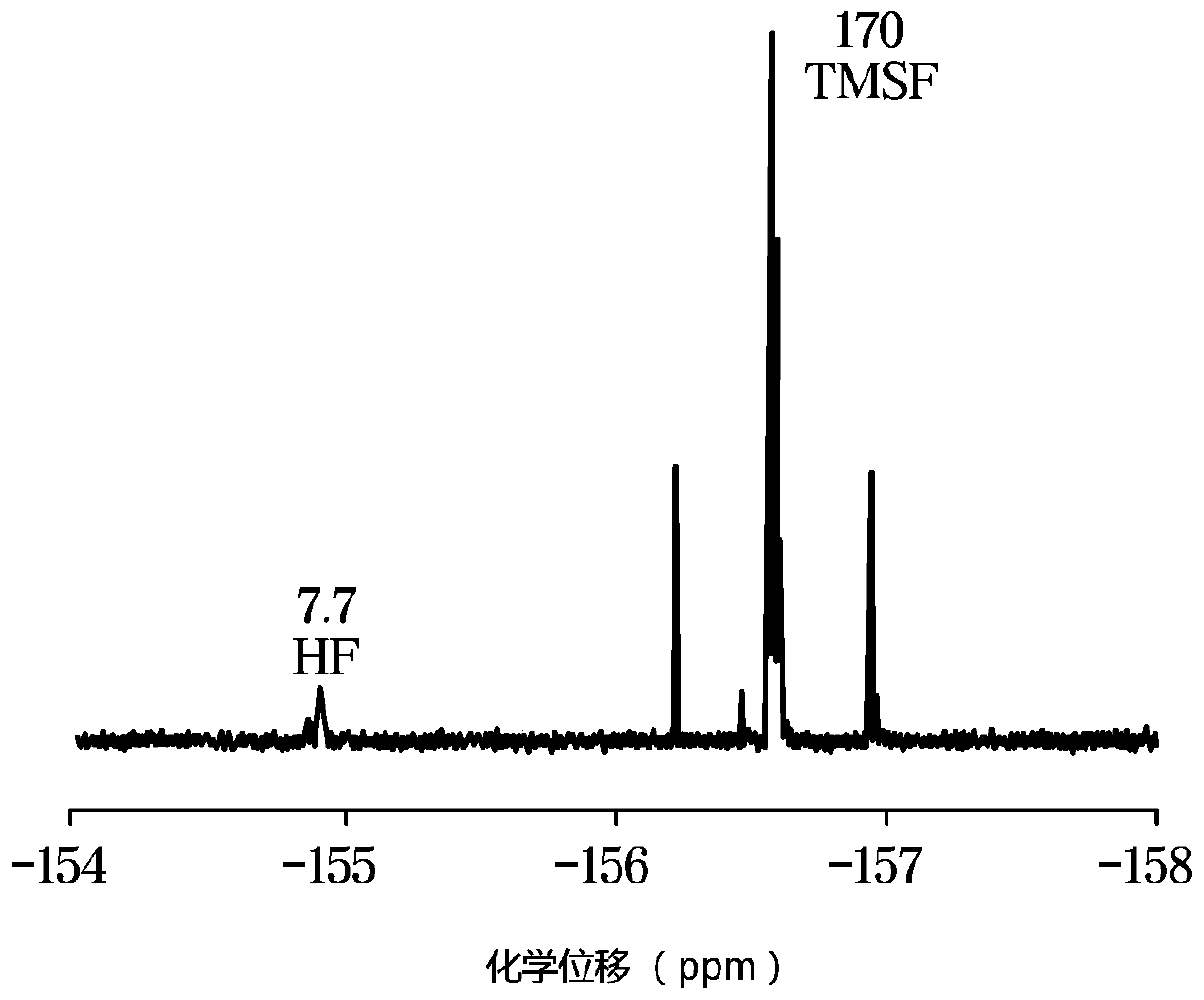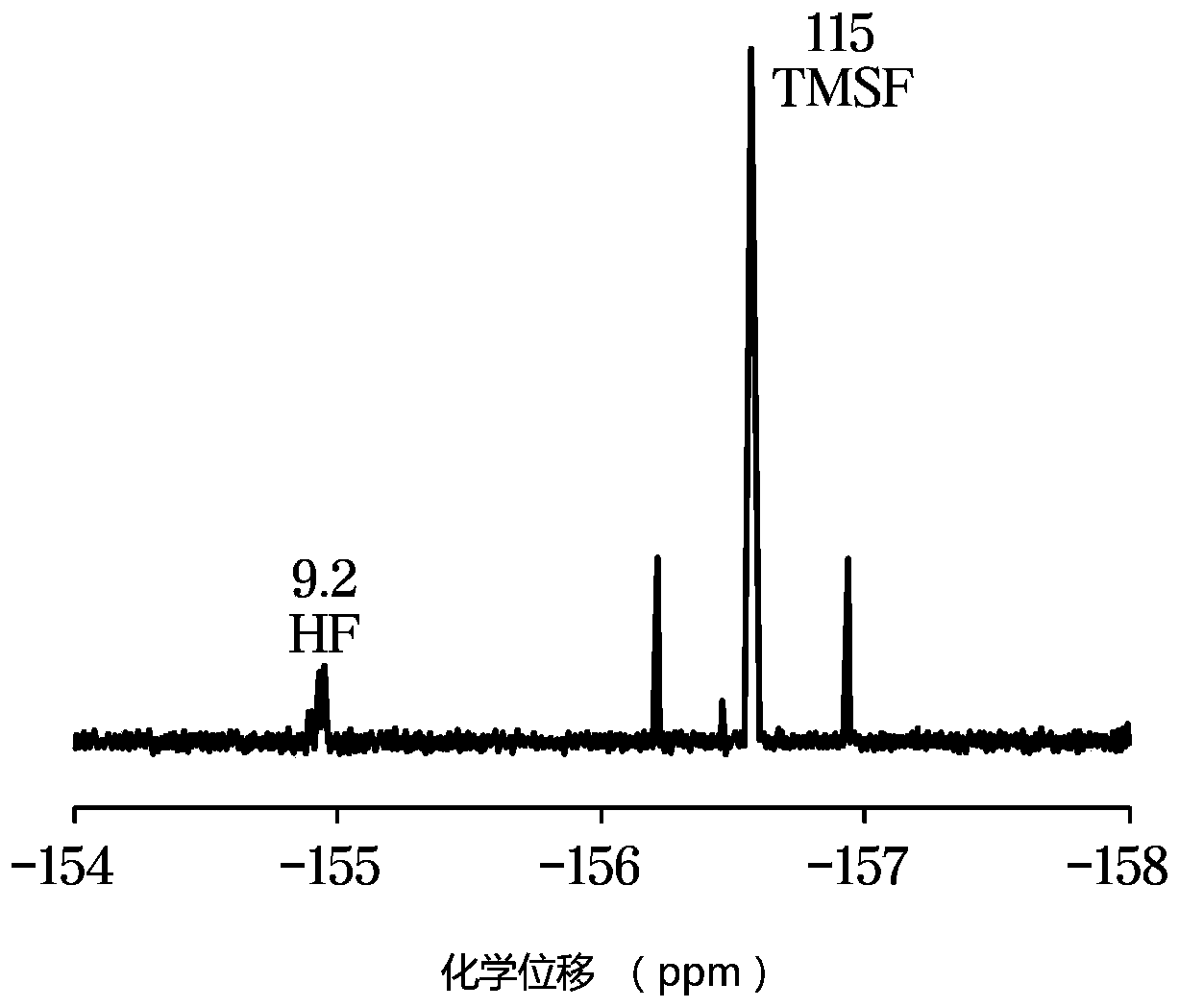Electrolyte for lithium secondary battery and lithium secondary battery containing the same
A lithium secondary battery and electrolyte technology, which is applied in the direction of non-aqueous electrolyte batteries, secondary batteries, electrolytes, etc., can solve the problems of elution and destruction of positive electrode transition metals, etc.
- Summary
- Abstract
- Description
- Claims
- Application Information
AI Technical Summary
Problems solved by technology
Method used
Image
Examples
Embodiment 1
[0125] Preparation of Example 1
[0126] Example 1 was prepared under the same conditions as Comparative Example 1, except that the electrolyte further included an additive of the following chemical formula (1).
[0127] Chemical formula (1)
[0128]
Embodiment 2
[0129] Preparation of Example 2
[0130] Example 2 was prepared under the same conditions as Comparative Example 1, except that the electrolyte further included an additive of the following chemical formula (2).
[0131] Chemical formula (2)
[0132]
Embodiment 3
[0133] Preparation of Example 3
[0134] Example 3 was prepared under the same conditions as Comparative Example 1, except that the electrolyte further included an additive of the following chemical formula (3).
[0135] Chemical formula (3)
[0136]
[0137] The preparation of embodiment 4-6
[0138] Example 4 was prepared under the same conditions as Comparative Example 2, except that the electrolyte further included 0.5% by weight of the additive of chemical formula (1) based on the total weight of the electrolyte.
[0139] Example 5 was prepared under the same conditions as Comparative Example 2, except that the electrolyte further included 0.5% by weight of the additive of chemical formula (2) based on the total weight of the electrolyte.
[0140] Example 6 was prepared under the same conditions as Comparative Example 3, except that the electrolyte further included 0.5% by weight of the additive of chemical formula (3) based on the total weight of the electrolyte...
PUM
 Login to View More
Login to View More Abstract
Description
Claims
Application Information
 Login to View More
Login to View More - R&D
- Intellectual Property
- Life Sciences
- Materials
- Tech Scout
- Unparalleled Data Quality
- Higher Quality Content
- 60% Fewer Hallucinations
Browse by: Latest US Patents, China's latest patents, Technical Efficacy Thesaurus, Application Domain, Technology Topic, Popular Technical Reports.
© 2025 PatSnap. All rights reserved.Legal|Privacy policy|Modern Slavery Act Transparency Statement|Sitemap|About US| Contact US: help@patsnap.com



